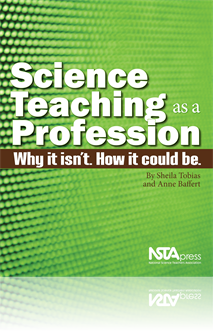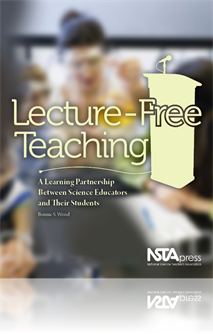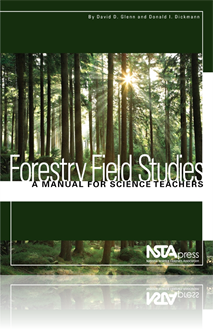All Book Chapters
Book Chapter
The authors argue throughout this book, meaningful, lasting change in the quality of secondary science is going to depend on what teachers do for themselves. This book, thanks to the amount of formal and informal input we have had from secondary scie...
Book Chapter
Looking Forward Into the 21st Century: Implications for the Science Leader
Science education and STEM (Science, Technology, Engineering, and Mathematics) education are often used interchangeably. As science educators in search of our place in STEM education, we face a professional identity crisis. In this chapter, the autho...
Book Chapter
The Content-Understanding-Environment (C-U-E) framework incorporates key findings from research and is easy to use and remember. Further, current professional development for science teachers usually focuses on only one aspect of teaching and learnin...
Book Chapter
The strategies associated with the “Content” aspect of the framework help keep us focused on the question “Why am I doing this?” Clearly, we need to know and be able to articulate why we are addressing particular content in our lessons and ho...
Book Chapter
This chapter focuses on strategies you can use as you work with students to develop their understanding of science concepts. After reviewing the research on effective science instruction, six instructional strategies are provided to help develop stud...
Book Chapter
Content and understanding strategies contribute in large measure to the instruction we provide. Yet the effectiveness of the most carefully crafted lessons and instruction will be enhanced or undermined by the classroom climate—including relationsh...
Book Chapter
The Content-Understanding-Environment instructional framework presented in this book is meant to add some tools to your toolbox. Many of the tools are ones that you already use, but others may be sitting on your workbench waiting for a chance to be p...
Book Chapter
The Chronology of Course Design
Although the unpredictability of leading a lecture-free class may be unsettling at first, the author encourages you to embrace the energy that accompanies this pedagogy. Flexibility and responsiveness to what happens during each class meeting with ea...
Book Chapter
Forest History, Ecology, and Values
Forests have been crucial to human welfare since the dawn of civilization. The history of both the Old World and the New World contains many examples of civilizations that failed because they could not sustain their wood supplies and maintain the for...
Book Chapter
The core value of forestry is the long-term sustainability of forests. Sustainability can be accomplished only if we understand ecological processes and respect them; then we can creatively protect and shape forests to satisfy the needs of future gen...
Book Chapter
Unquestionably, conducting successful field studies with high school or beginning college students is complicated, energy consuming, and challenging. Nonetheless, putting students in the field to collect real data, analyze the data, and eventually dr...
Book Chapter
Mapping the structure of the vegetation in study plots is important for several reasons. First, with all the detailed data collected, students easily can lose perspective of the bigger picture; they can get lost in the trees and not see the forest, s...
Book Chapter
The Abiotic and Biotic Forest Environment
The exercises in this chapter have a twofold purpose. First, they will characterize the abiotic environment (i.e., the microclimate created by the forest). It is important to realize that forests not only grow in response to the local climatic factor...
Book Chapter
Measuring Commercial Timber Values
This chapter outlines certain procedures used by foresters to measure the amount or volume of timber (primarily sawlogs) in a forest stand. This process is called timber inventory. Just as a storeowner keeps track of the inventory of stock on hand at...
Book Chapter
In fiscal year 2007, there were more than 178.6 million visits to national forests across the United States; 86% of them were for recreational purposes! Forests of all kinds provide humans with a wide range of wildland recreational opportunities, whi...






